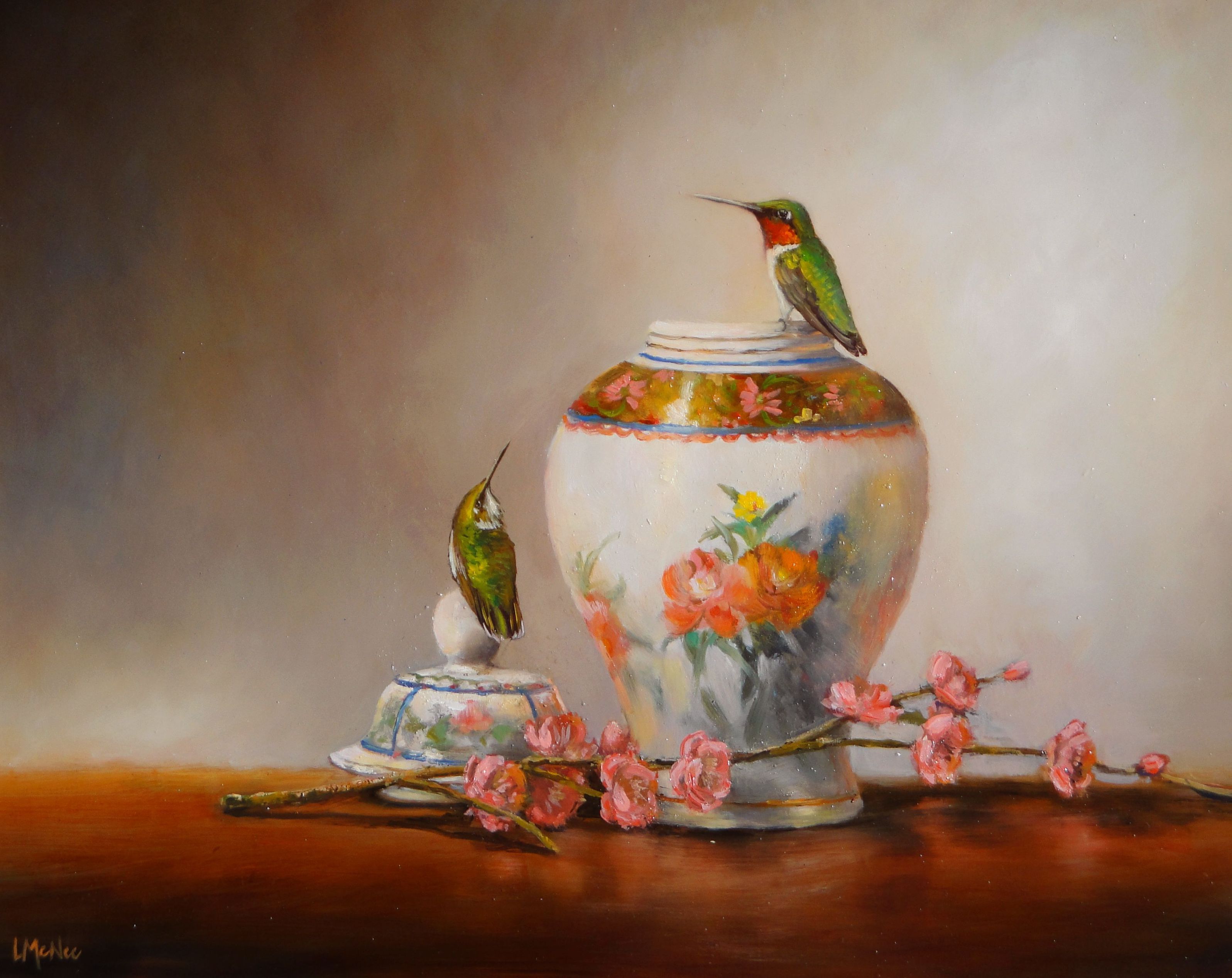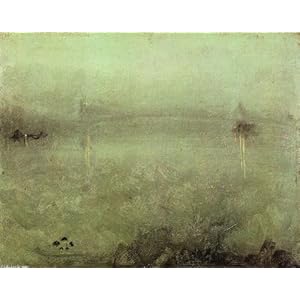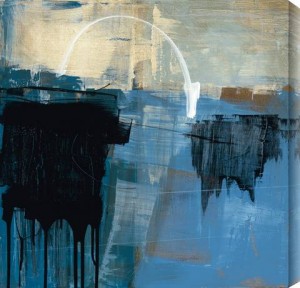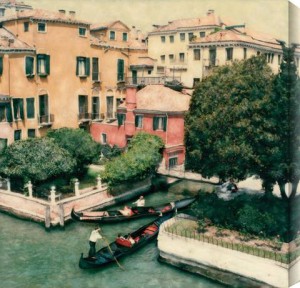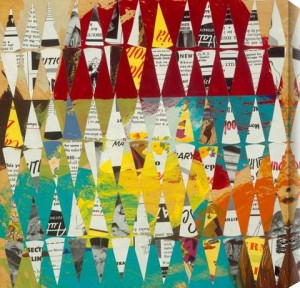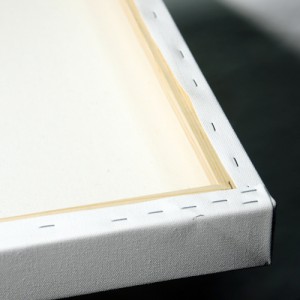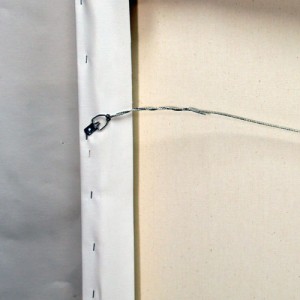Smart Canvas Purchasing: Traditional Retail vs Online Shopping
 There are many benefits to online shopping for pre-stretched canvas in lieu of traditional retail shopping. I’ve discovered that online shopping is much more convenient than planning the fastest route to the local art supply store, increasing my gas costs to drive my car (however fuel efficient my lovely Yaris may be), and spending money on just two large canvases that may lack the quality I was looking to find. Not mention, online shopping for pre-stretched canvas guarantees me exceptionally low stress levels!
There are many benefits to online shopping for pre-stretched canvas in lieu of traditional retail shopping. I’ve discovered that online shopping is much more convenient than planning the fastest route to the local art supply store, increasing my gas costs to drive my car (however fuel efficient my lovely Yaris may be), and spending money on just two large canvases that may lack the quality I was looking to find. Not mention, online shopping for pre-stretched canvas guarantees me exceptionally low stress levels!
I enjoy making smart canvas purchases through CanvasLot.com because I trust their quality and a click of my mouse saves me money! Below, I will tell you why. Let’s get started!
RETAIL THERAPY OR AN INEVITABLE FINANCIAL HEADACHE
Although traditional retail shopping does provide a genuinely positive shopping experience most of the time, I’ve found that it does not keep gas money in my pocketbook which causes me stress. Sure I could budget properly for gas costs but I usually remember that I need to go to the grocery store for a random replenishment item or just find another reason to shop on impulse. You’ve been there before, I’m sure and it takes an exceptional amount of willpower to ignore a sudden itch to spend.
To alleviate the pitfalls of spending while shopping at retail stores, I’ve chosen to shop for art supplies and canvas in the comfort of my own home. This way, I know what I want to purchase and how to get it to my home in a timely manner. I also do not feel the pressure that comes with spending in public or guilty if a nice salesperson makes me feel obligated to purchase just one more little item that will improve their metrics.
ONLINE SHOPPING IS A GOOD MOVE FOR YOUR BUDGET
As previously mentioned, I refer to Canvas Lot for my bulk canvas purchases. When you land on their website, you’re immediately greeted with videos that detail their production process. If you can believe it, there are real people that are stretching the canvas by hand! Made-to-order and custom-fitted, these canvases are the real deal. You’re not going to purchase five canvases wrapped haphazardly in celophane that have been warped due to poor shipping and storage practices. You’re going to receive hand-stretched canvases that have been given the attention that you’d expect.
Many artists, such as yourself, know how to stretch their own canvas but in the event that you just don’t have the time to do so, you need to sit in front of your computer and go to CanvasLot.com to get your bulk canvases.
 ONLINE SHOPPING WITH CANVAS LOT
ONLINE SHOPPING WITH CANVAS LOT
If you have a budget of $100.00, you can get at least 9 quality canvases, if not one more for giggles! Sure, you can go to Amazon.com to search for a more affordable price but are you going to receive the same quality? Do you know where your canvas is coming from? Do you know who made it? Most likely you won’t know the answer to these questions – with CanvasLot.com you have the assurance of knowing that your dollars will get you the most canvases at the best quality from the experienced hands of Austin, Texas residents.
It’s just that simple!
What are you waiting for? Follow me to CanvasLot.com today!





 Outside of the art world, De Stijl on canvas has influenced brilliant minds. Frank Lloyd Wright, the world’s premiere architect with a personal history full of intrigue, uses the most recognizable form of De Stijl in the erection of commercial and residential buildings.
Outside of the art world, De Stijl on canvas has influenced brilliant minds. Frank Lloyd Wright, the world’s premiere architect with a personal history full of intrigue, uses the most recognizable form of De Stijl in the erection of commercial and residential buildings. Of all Wright’s creations, the most famous and revered is located east of downtown Pittsburgh, Pennsylvania called Fallingwater. I think of it as a residential structure that was influenced by De Stijl because of its sharp lines and neutral color scheme. This building was erected in the mountains over a 30′ waterfall. De Stijl is a movement that heralds nature. In my humble opinion the Fallingwater home encompasses many of the ideals that De Stijl upheld, and that is why I love it so much! Take a look for yourself! I plan on packing up a suitcase and leaving Austin to visit this amazing structure one of these days. Until then, I’ll continue to study the De Stijl movement in canvas art and modern architecture.
Of all Wright’s creations, the most famous and revered is located east of downtown Pittsburgh, Pennsylvania called Fallingwater. I think of it as a residential structure that was influenced by De Stijl because of its sharp lines and neutral color scheme. This building was erected in the mountains over a 30′ waterfall. De Stijl is a movement that heralds nature. In my humble opinion the Fallingwater home encompasses many of the ideals that De Stijl upheld, and that is why I love it so much! Take a look for yourself! I plan on packing up a suitcase and leaving Austin to visit this amazing structure one of these days. Until then, I’ll continue to study the De Stijl movement in canvas art and modern architecture.






